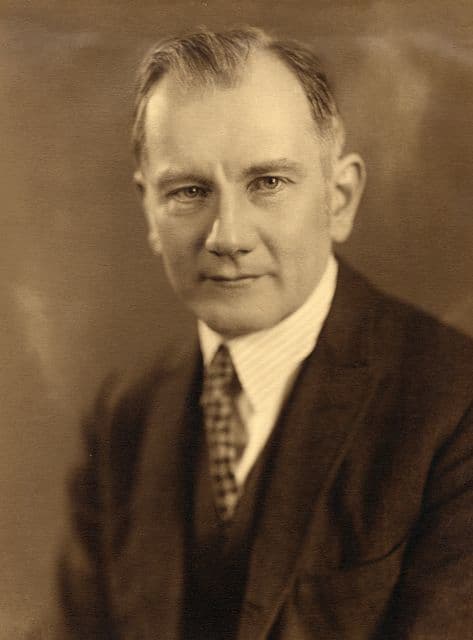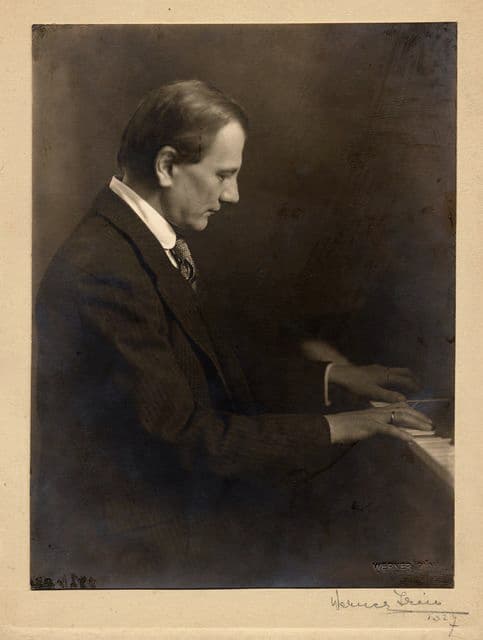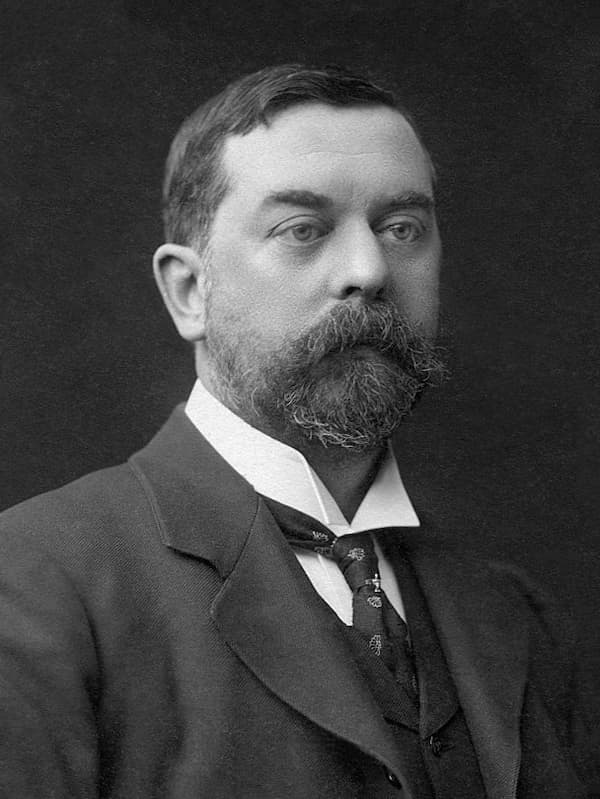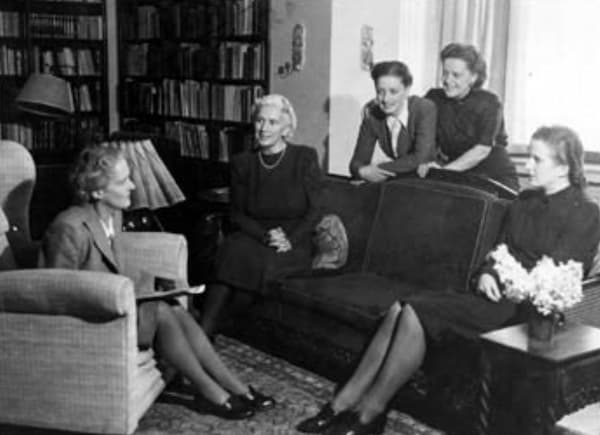As a solo pianist, Ernő Dohnányi (1877–1960) was usually compared to Liszt and was seen as the successor to that 19th-century virtuoso. As a composer of chamber music, however, he was usually associated with following the Brahmsian tradition. As a Hungarian composer, however, he truly followed his own way.

Ernő Dohnányi
Born in Pozsony, Hungary (later Pressburg and now Bratislava, Slovakia), first studied violin and piano with his father, a competent amateur cellist and composer, as well as a teacher of mathematics, before working with the cathedral organist, Karl Forstner. He was a precocious pianist and composer and normally would have headed to Vienna for his conservatory work, he chose instead, at age 18 to study in Budapest, first studying privately with István Thomán and János Koessler. Dohnányi recommended the same course to another composer from his hometown, Béla Bartók.

Dohnányi, 1927 (Collection of the Dohnányi Archives, Judit Lajos’s donation)
His debut as a pianist came in Berlin in 1897 and, after his success there, a tour of Europe followed. His compositions, which Brahms had praised, continued to win awards. The violinist Joseph Joachim, a good friend of Brahms’, invited Dohnányi to teach at the Berlin Musikhochschule, but WWI led him back to Budapest by 1915. As professor of Piano at the Academy of Music, he encouraged younger Hungarian composers. From 1918 to 1944, he was principal conductor of the Budapest Philharmonic. From 1919, he also served as head of the Budapest Academy before politics drove him out; he returned to the Academy to teach in 1928, resumed the headship in 1934, and then National Socialism drove him out in 1941. In 1944, he went to Austria. In 1945, his appearances in Hungary were banned, as was his music, the latter ceasing in the 1970s, long after his death.
In 1948, he was in Argentina and ended his career in 1949 in the US, where he taught piano and composition at Florida State University. He resumed his piano career and died of pneumonia in 1960 while in New York City to make recordings.
His Sextet in C major, Op.37, was written in 1935 for the combination of piano, violin, viola, cello, clarinet and horn. Being confined to bed for several months with a thrombosis, Dohnányi took advantage of his work hiatus to compose and created a work that both looked forward and backward in music time.
The first movement, in the expected sonata form, seems to be a shadow movement in a Mahlerian manner, with brilliant piano writing.
Ernő Dohnányi: Sextet in C Major, Op. 37 for piano, violin, viola, cello, clarinet and horn – Allegro appassionato (Spectrum Concerts Berlin)
The second movement, surprisingly, is a march, but with a slow beginning; after the tranquil start, a sinister march comes forth. Led by the piano, the march takes extra emphasis from the clashing of the strings, and the horn’s declarations. At the end of the movement, the initial tranquility returns, to be interrupted by a flash of the march, and then there’s a last bit of sunshine from the piano.
Ernő Dohnányi: Sextet in C Major, Op. 37 for piano, violin, viola, cello, clarinet and horn – Intermezzo: Adagio (Spectrum Concerts Berlin)
The third movement is more Mendelssohnian in feeling, opening with a lovely clarinet melody. The piano takes over next, taking the clarinet melody into a kind of variations section. A more vigorous section interrupts before the piano takes over again.
Ernő Dohnányi: Sextet in C Major, Op. 37 for piano, violin, viola, cello, clarinet and horn – Allegro con sentimento – Poco Adagio, Andante tranquillo (Spectrum Concerts Berlin)
The last movement moves us out of the past into contemporary music. The final movement starts with a jazz swing in the piano with the horn chortling behind. The clarinet joins the piano and then the string trio enters, seemingly playing a very traditional lush waltz, only to be interrupted by the jazzy clarinet. The waltz returns in an exaggerated manner in the strings while the piano, below, keeps up the jazz line. The trading of melodies between the waltz, which gets increasingly swoopy, and the tidy jazz line is a lovely look at the mix of styles that were part of the inter-war years. The theme from the first movement returns for a final look-in and we end in a final triumphant cadence.
Ernő Dohnányi: Sextet in C Major, Op. 37 for piano, violin, viola, cello, clarinet and horn – Finale: Allegro vivace, giocoso (Spectrum Concerts Berlin)
Choosing to spend most of his life as a pianist and teacher, Dohnányi wrote relatively few pieces, writing only 60 works over some 60 years as a composer. In addition to his piano and chamber music, he also wrote symphonies, concertos, large choral works, and music for the stage: 3 operas and music for a mime performance. The final movement of the Sextet shows us how much he made the music around him part of his vocabulary.
For more of the best in classical music, sign up for our E-Newsletter




Beautiful music